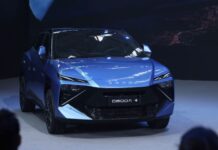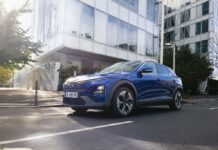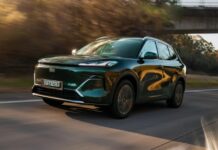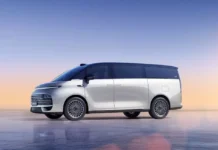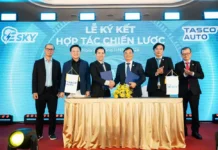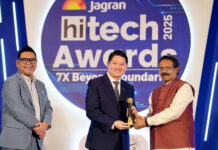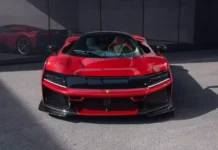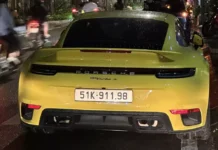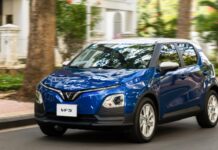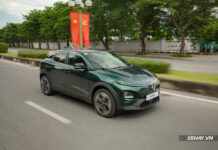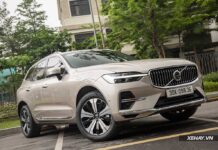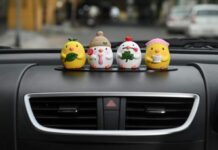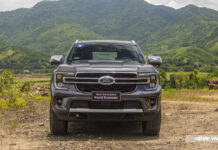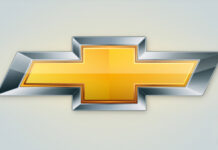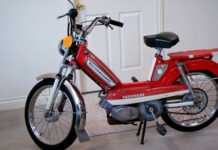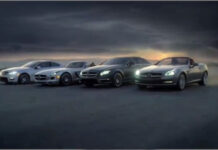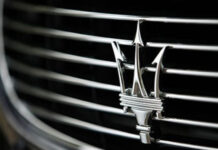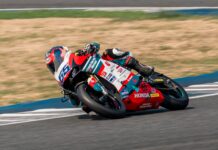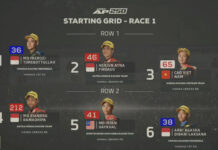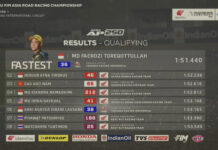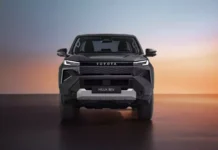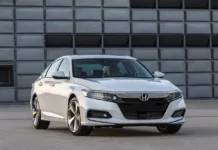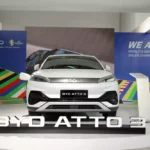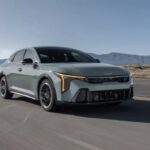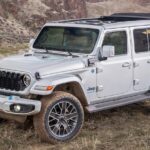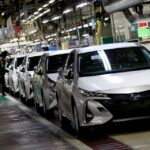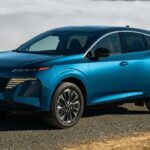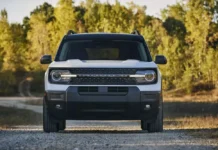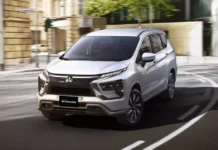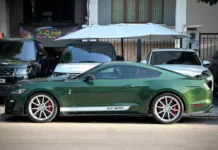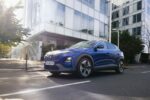Listening to Caresoft Global Technologies detail their findings from disassembling, inspecting, and cost-analyzing vehicles from China, it becomes apparent that the Big Three US automakers (Detroit 3 – Ford, GM, and Chrysler) and many other traditional automakers globally are engaged in a fierce battle for survival.
Caresoft, an award-winning vehicle teardown and product evaluation company, offers its clients – including executives, engineering managers of automakers, suppliers, and other stakeholders – an in-depth look at how they are falling behind their competitors.
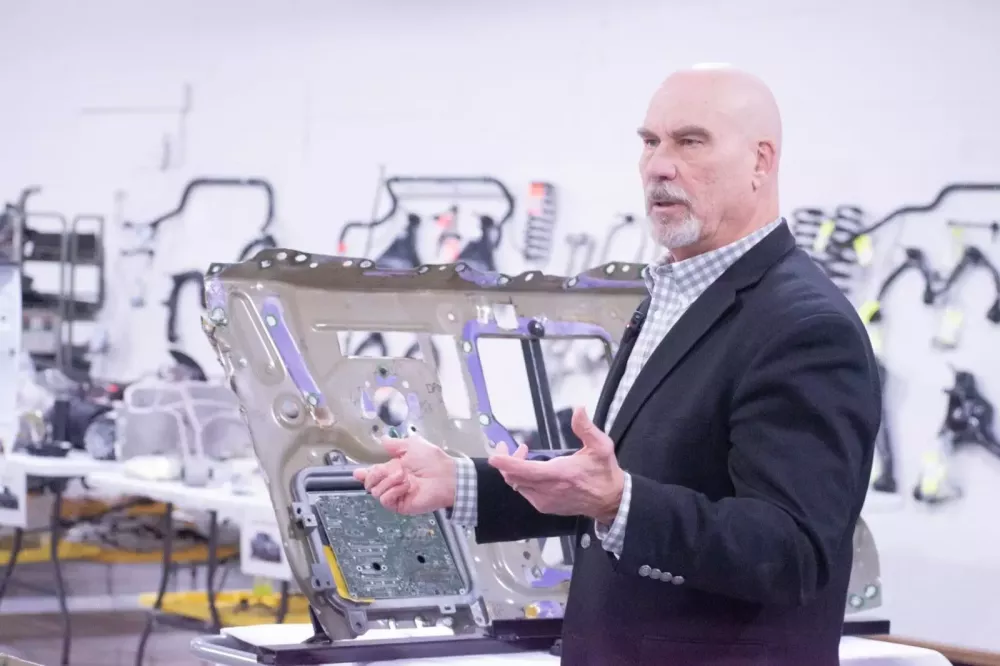
Caresoft Global Technologies Chairman, Terry Woychowski: “What we’re seeing from China is an existential threat.”
About Caresoft Global Technologies
Once a dairy factory producing ice cream, milk, and other dairy products, Caresoft’s facility now resembles a morgue for “autopsied” vehicles. It houses body parts, electrical systems, HVAC units, brakes, and numerous other components. Vehicle chassis lie on trolleys akin to hospital gurneys, awaiting inspection post-disassembly. Thousands of parts are laid out on tables or mounted on walls, providing a detailed insight into how automakers assemble their vehicles and the parts they use.
At Caresoft’s facility, engineers meticulously disassemble every aspect of a vehicle to examine its assembly and determine costs. Thousands of components are laid out on tables or mounted on walls for analysis.
Caresoft’s engineers revealed that while the Detroit 3 have made some initial progress in cost-cutting and shown signs of smarter manufacturing processes, they are still lagging behind the pace set by their Chinese competitors.
How Traditional Automakers Are Falling Behind
The Detroit 3 and other traditional automakers are being outmaneuvered by a highly innovative and ambitious Chinese automotive industry, bolstered by support from the Chinese government.
Through an organization called the China Automotive Technology & Research Center, the Chinese government collaborates with domestic automakers to establish common standards for components across the industry. This simplifies processes, reduces costs, and enhances speed and performance by enabling greater parts-sharing between brands.
On February 10, Caresoft’s CEO, Mathew Vachaparampil, presented to editors and reporters from Automotive News, detailing how the Chinese automotive industry is targeting three significant global markets: Africa, South America, and the 10 countries of the Association of Southeast Asian Nations (ASEAN).
According to the China Passenger Car Association, China exported 6.4 million vehicles in 2024, a 23% increase from 2023.
Chery and BYD were the fastest-growing brands in Australia over the past year. Geely ranked among the top 10 brands in several Southeast Asian countries in 2024. In South Africa, Chinese brands held a 9% market share in 2024, a significant increase from 2% just five years ago. Closer to home, in North America, MG – a former British brand now owned by SAIC – outsold Ford, Hyundai, and Honda in Mexico last year.
Vachaparampil believes Chinese automakers are biding their time before making a significant push into the US market.
Caresoft’s CEO, Mathew Vachaparampil, points out that the frunk of the Tesla Model Y can be installed with just five parts. Tesla and other startups, including Chinese automakers, are unencumbered by century-old vehicle development methodologies.
It remains unclear whether GM’s CEO, Mary Barra, Ford’s CEO, Jim Farley, and Stellantis’ leadership can transform their companies fast enough to be prepared when Chinese automakers make their move into the US market.
Farley acknowledged the challenge Detroit faces at a financial conference on February 11, saying, “What always amazes me about the Chinese automakers in the last three to four years is their speed. Everybody talks about their quality, how cheap they are, but the thing that’s most impressive is how fast they are.”
The pace at which the Chinese automotive industry is adopting new technologies, improving quality, reducing costs, and rolling out electric vehicles is leaving traditional automakers in the dust.
“What we’re seeing from China is an existential threat,” said Terry Woychowski, former GM manufacturing executive and current Caresoft chairman, during a tour of Caresoft’s headquarters in Livonia, Michigan. “I think this could threaten the existence of some companies. I don’t know what’s going to happen in the next five years. But I know what I’m seeing, and I can extrapolate. Things are going to change.”
Every Little Detail Makes a Big Difference
Caresoft’s engineers meticulously disassemble, inspect, and cost-analyze every component in a vehicle, down to the smallest details like plastic rivets. These tiny parts and how they are assembled often reveal larger stories.
For instance, a Detroit automaker uses up to 12 rare earth magnets to secure a headliner in place. According to Woychowski, each magnet costs $1. Since the headliner is made of aluminum, additional steel brackets must be riveted on for the magnets to adhere. In contrast, a Chinese automaker uses simple adhesive strips to secure the headliner, costing mere pennies per strip.
Another example is the cross-car beam located behind the dashboard and bolted to the A-pillar in most vehicles. In Chinese or Tesla EVs, this beam can be made of plastic or a combination of thin metal with plastic brackets. In contrast, the Detroit 3’s EVs often feature an aluminum beam – an expensive design carried over from traditional gasoline vehicles. Woychowski cites this as a classic example of legacy automakers changing too slowly.
Fierce Competition and a Breakthrough Mentality
Vachaparampil, who visits China about ten times a year, says the Chinese government encourages fierce competition among automakers, knowing that some will fail. This survival-of-the-fittest approach is expected to produce robust enterprises capable of competing globally in all significant markets. It is this very battle for survival that drives Chinese automakers to continuously innovate and develop at a rapid pace.
Vachaparampil recalls a presentation the Caresoft team gave in China to one of the country’s leading automakers.
“It was a Saturday morning, not a working day. There were 700 people in the audience,” Vachaparampil said. “Tell me, does that happen in America? That’s the hunger. You can feel the energy when you go to China. It’s a whole different world.“
It’s not just the Detroit automakers who are lagging, according to Vachaparampil. “If I need to set up a meeting with a German OEM, it takes two months. In China, it’s just one week. To get an order from a traditional automaker, it takes nine months. In China, it’s just one month.”
Woychowski believes the American automotive industry can rise to the challenge posed by China. He likens the current situation to how the US government collaborated with the industry to mass-produce military equipment during World War II. Part of the solution involves the Detroit 3 sharing more common parts, such as wiper motors, brake discs, and sunroofs. Producing large volumes of shared components would significantly reduce costs.
Another part of the solution must come from within each automaker. According to Woychowski, they need to be open to learning from Chinese automakers, Tesla, and other startups – enterprises unburdened by century-old vehicle development methodologies.
“Leadership has to create the vision, has to inspire, and say, ‘Folks, this is why we have to change. I know this is not easy. I know it’s scary. But I’m with you. Let’s do it together.’“

